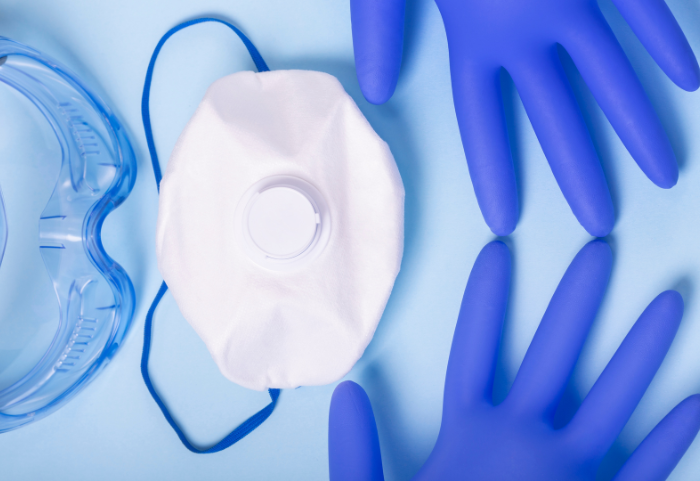
Expand Your Knowledge
Our resource center archives our case studies, published articles, blogs, webinars, and image galleries. Discover ways microscopy has made a meaningful impact.

The ISO 8573 standard specifies the purity of compressed air. Compressed air is utilized across many industries, including medical, pharmaceutical, and food. Particulate matter contamination of compressed air and its measurement is addressed by ISO 8573:4. The methods described in ISO 8573:4 are appropriate for oil, water, and solid particulate. ISO 8573 allows for four analytical methodologies for particle testing across ten purity classes. Not all methodologies are applicable for all purity classes, so choosing the applicable analysis dependents on the purity class required. Purity classes 6 through X are less restrictive than 1 through 5 and are determined by mass of particulate sampled. The sampling filter is weighed before and after sampling, and the difference between these measurements is taken to be the mass of particle contaminant in the compressed air. Purity classes 1 through 5 are more restrictive, with class 1 being the most restrictive. These higher purity classes divide particulate into three particle size ranges: 0.1 to 0.5 microns, 0.5 to 1.0 microns and 1.0 to 5.0 microns, with the maximum allowable number of particles in each range varying by purity class. ISO 8573 offers three allowable methodologies for determining particle size for the more restrictive purity classes: optical particle sizing/light scattering, counting via light optical microscopy, and counting via scanning electron microscopy.
Optical particle sizing, which is applicable for purity classes 1 through 5, counts pulses of scattered light from a single particle illuminated with a focused light beam. The size of these pulses is then related to statistical particle size. Compared to microscopic methods, optical particle sizing is advantageous because it provides real-time data, is not very time or labor intensive, and doesn’t require highly trained technicians. On the other hand, the real-time nature of this methodology requires that the instrument be on site for sampling. Another disadvantage of optical particle sizing is the fact that the instruments provide less information than microscopy, providing only counts of particles per particle size range, treating particles statistically, not individually, and utilizing the assumption that all particles are spherical and homogeneous. Optical particle sizing also cannot provide particulate color, chemical composition and shape, useful information for determining the nature and source of any particulate contamination.
Microscopy, both optical and electron, provides actual images of particulate contamination and direct measurement of the particles of interest. Optical microscopy, which is appropriate for analysis of purity classes 3 through 5, has been the only microscopic method allowed by ISO 8573 standard until recently. The newest revision of ISO 8573:4 now allows for electron microscope analysis for purity classes 1 through 5. Both optical and electron microscopy allow for more flexibility in analysis, provide actual size and shape for each individual particle analyzed, and can provide information on chemical composition for individual particles via energy dispersive x-ray spectroscopy (EDS). Both microscopic methods are more time-consuming and require trained analysts but do not require real-time analysis, can be performed off-site, and allow for the retention of samples for future reference and re-analysis.
Our resource center archives our case studies, published articles, blogs, webinars, and image galleries. Discover ways microscopy has made a meaningful impact.

